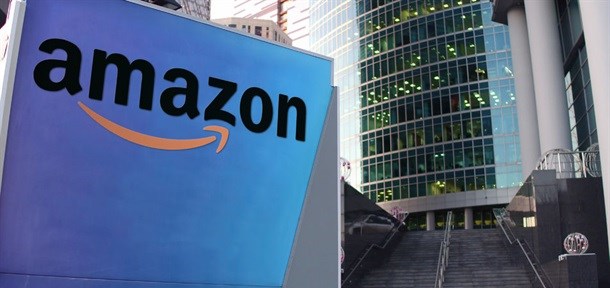
Top stories


LegalCape Town estate agent dupes seller in elaborate property scam, court intervenes
Anelisa Zungu and Renel Fourie 17 hours




More news




However, the question has quite rapidly become, “How do we survive in an Amazon landscape?” With the inevitable adoption of e-commerce across the globe, Amazon has had a staggering impact. A survey of 3,000 US businesses in January this year, by the Institute for Local Self-Reliance, found that the top concern is competition from Amazon. With good reason, as today half of all US households are subscribed to Amazon Prime and half of all online shopping searches start on Amazon.com.
Amazon is not only eating the lunch of most retailers, it has the dominant play in the smart home category with Echo, has won three Oscars for its movies, AWS, which grew out of Amazon’s own infrastructure needs, now hosts businesses such as Netflix and Airbnb and serves as the information platform that makes Alexa so smart. It is filing patent applications by the dozen including drone-charging stations on streetlights and robotic models and photographers; certainly evidence to support why Amazon is rated as the most innovative company of 2017.
Jeff Bezos’s company, Blue Origin, is also chatting to NASA about an Amazon-like shipment service to the moon that would deliver cargo and necessities for lunar settlements.
1. Fulfilment centres - According to the Seattle Times, Amazon’s fulfilment centres now employ over 45,000 robots, a 50% increase over the figures quoted at a similar time last year. The 2012 acquisition of Kiva Systems has allowed Amazon to gain an unprecedented advantage in picking and packing.
2. Delivery drones - In December, Amazon announced that it has started to use drones to deliver parcels to customers in the UK countryside. The trial saw two successful deliveries in the Cambridge area. The first drone took a total of 13 minutes from click to delivery. Amazon seems to have been working closely with regulators since 2015. This may seem like a gimmick, but I can assure you it is not.
3. Physical stores - Amazon’s technological prowess is allowing it to enter physical spaces, while customers still use its digital platforms. Initially there were pop-up stores to display its hardware, then physical bookstores offering a data-driven selection of highly rated books accompanied by reviews from the site. In January, it started trialling Amazon Go, a convenience offering where you can simply add things to your trolley, confirm your purchases and leave. Finally, there are rumours of another grocery service where customers buy online and drive to a designated parking area where items are packed into your boot.
4. STEM Toy Subscription Service - emanating out of its Science, Technology, Engineering and Maths Club (STEM), US parents can now get an age-appropriate toy delivered every month for $19.99. Encouraging your kids to learn through play and you do not have to lift a finger.
5. Largest online store in India - I can almost hear what you are thinking: well Amazon is not going to be here in the near future and our online market is just too small… If you are familiar with the e-commerce market in India, you will know of the epic struggle between the incumbent Flipcart and Amazon, which entered the market in 2013. Last year Amazon surpassed Flipcart and Bezos announced that he was going to be investing an additional $3 billion in his fastest growing market. Since then, it has made Amazon Prime available in over 100 Indian cities.
It is still day one – 23 years after starting a small book-selling website, Bezos is often heard telling his staff, “It’s still day one for the internet.”
I am interested and yes a bit frightened, to see what day two looks like.
